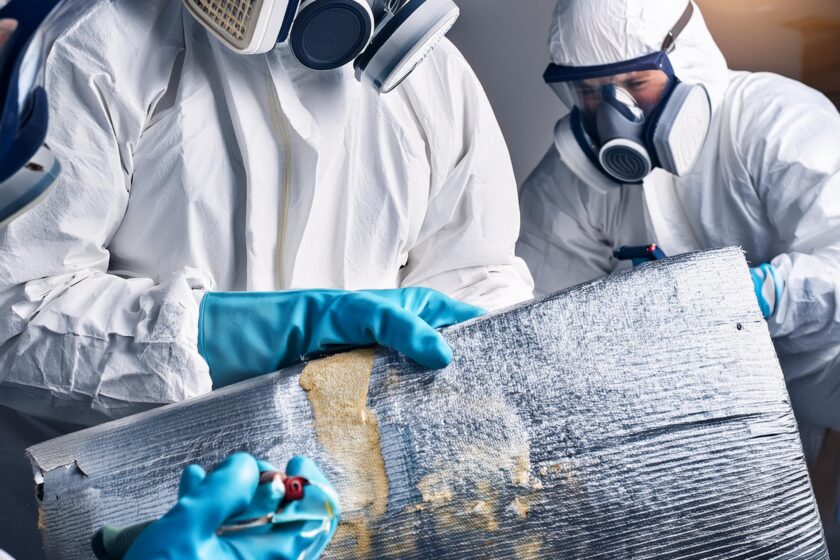Asbestos, a term that has long been associated with significant health risks, is a silicate mineral used in numerous construction materials. In the past, it was lauded for its heat-resistant properties but is now often associated with lung-related diseases. This comprehensive guide aims to explore the various techniques for asbestos removal, detailing the equipment and procedures involved, with a particular focus on safety and efficiency.
Introduction to Asbestos Health Risks
The urgency in the removal of asbestos stems from its link to health issues, including mesothelioma and asbestosis. Proper asbestos inspection and asbestos testing are essential steps in understanding the threat and planning the appropriate management. An effective asbestos management plan is vital in minimizing risks.

Asbestos Inspection and Testing
Before initiating asbestos removal, proper asbestos inspection and testing must occur. Professionals equipped with specific tools perform inspections to identify the presence of asbestos-containing materials. Asbestos testing involves taking samples and having them analyzed in a specialized lab. This assessment helps to design the best asbestos abatement procedure.
Asbestos Abatement Techniques
- Encapsulation: Instead of removing the asbestos, it is sealed with a protective barrier, preventing fibers from being released.
- Enclosure: This method involves building airtight walls or barriers around the asbestos-containing material.
- Removal: This is the most common method and involves the physical removal of asbestos from the premises.
Safety Equipment and Procedures
- Respirators: Wearing specialized respirators ensures that workers do not inhale asbestos fibers during the removal process.
- Protective Clothing: Full-body suits, gloves, and footwear are worn to minimize skin contact.
- Containment Areas: Asbestos removal areas are sealed off to prevent the fibers from spreading.
- HEPA Filtration: Vacuuming with High-Efficiency Particulate Air (HEPA) filters captures asbestos fibers.
- Disposal Bags: Specialized bags are used for the disposal of asbestos, ensuring secure containment.

Asbestos Disposal
Proper disposal of asbestos is crucial to mitigate any potential hazards. Regulations require asbestos to be disposed of in approved facilities. The process includes:
- Sealing: Asbestos is sealed in secure, labeled containers.
- Transport: Transportation must adhere to specific rules to prevent the release of asbestos.
- Landfill Disposal: Asbestos disposal must occur at specialized landfills equipped to handle hazardous waste.
Conclusion
Asbestos removal is a complex and regulated process that must be handled with extreme care. From asbestos inspection to asbestos disposal, each step requires proper planning, specialized equipment, and adherence to safety protocols. Whether encapsulating, enclosing, or physically removing asbestos, professionals must be engaged to manage these processes.
Homeowners, property managers, and anyone concerned about asbestos health risks should consult an expert to conduct asbestos testing and follow an established asbestos management plan. As our understanding of the dangers associated with asbestos has grown, so has the industry’s commitment to safe and efficient removal and disposal techniques.
Remember, safety comes first. Always consult with an experienced asbestos removal professional to handle these tasks.
If you are in doubt does your home or property has asbestos-containing materials and want to find out, do not hesitate to reach out to our experienced team of professionals today on: 0475 143 106 or email us on: asbestosgoneandclean@gmail.com for safe, expert asbestos removal services you can trust!


